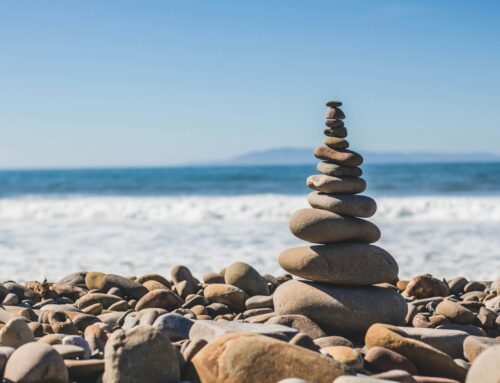One of the series of articles we worked on with journalist, Kate Delmoder published on Irish Tatler online platform.
We are, at present, living in a time when social interaction is prohibited, yet consequently, we’ve never needed it more. But, in times of cocooning, social distancing and two-metre guidelines, one poses the question: are there ways around the connection crisis we find ourselves in? And will things ever be the same again?
When Nicolae Ceaușescu grew to power in 1960’s Romania, his totalitarian regime lay the then-Socialist Republic bare for social experimentation.






